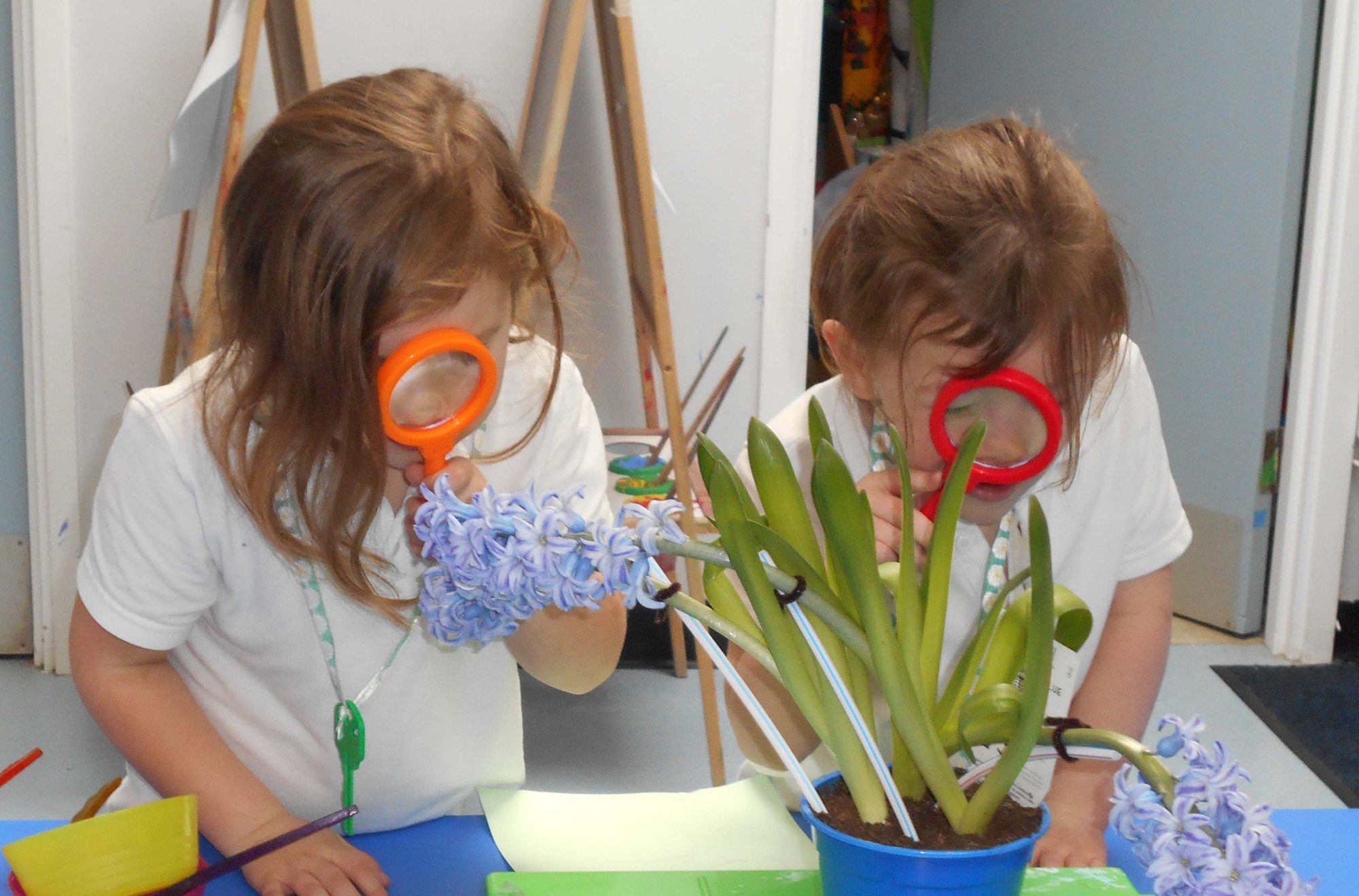Teaching & Learning
Our core purpose
Everything we do must ensure that children achieve really well and progress. Therefore, the teaching that takes place every day is always focused upon this core purpose.
To help children on their learning journey, we ensure high levels of consistency in approach and organisation so that there are no artificial blocks put in place to stop children from progressing.
The place of planning & assessment
To enable work to be pitched at the right level, so that each child is faced with an achievable challenge in all their work, accurate on-going (formative) assessment is vital. Before any lessons can be planned, the class teacher must have a firm grasp of the child’s current individual skills, knowledge and understanding. From this, sharply focused planning (both weekly and daily) can occur that leads to lessons being delivered that are appropriately pitched and with high (but achievable) levels of challenge.
The effectiveness of teachers planning upon the work that children produce, forms part of each term’s review of teaching and learning.
Professional collaboration
High quality teaching and learning is developing across the whole school because professional collaboration has become embedded into our whole school culture. Teachers and support staff work alongside colleagues in different classes and year groups so that skills, approaches and expertise are shared and ideas and innovations are developed.
This approach also helps to ensure high levels of consistency across the whole school.
It is important that the continuing drive for greater collaboration comes from individual teacher’s professional enthusiasm and therefore requires all teaching staff to be proactive. Testing out ideas that have been derived from research, both nationally and internationally, is now a key feature of our work and a strong indicator of continuing developing professional practice and professional culture.
What does high quality teaching and learning look like?
As a school, we have identified key aspects of effective teaching and learning by what you can observe as normal daily practice within classrooms. The following are some of these key attributes:
- Active teaching – driving the learning forward with passion
- Engagement by pupils – fully involved in their learning in the classroom, through discussion, challenging activities etc. not passive
- Pace – lessons have a momentum that makes it apparent that learning goals will be met
- Good pitch to the lesson – the lesson is pitched to the national curriculum and at a level that challenges all children
- Well differentiated activities and lessons
- Children able to articulate what they need to do to move forward to the next step in their learning due to an on-going dialogue with their teacher and through highly effective feedback
- Well organised and vibrant classrooms with high quality children’s work on display
- Children demonstrating the skills of independent learning – able to use and take care of a range of resources, able to organise themselves, able to manage time effectively within lessons
- Good behaviour and clear behaviour management systems that are clearly understood and used by children
- The work every child is given is challenging yet achievable and the children demonstrate pride in this work by presenting it well and taking care of it in all its produced forms
This is not an exhaustive list but provides some key examples of effective practice that can be observed in all year groups, every day.

